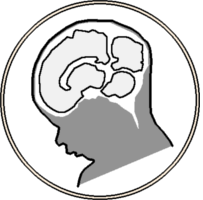Ortinau, Cynthia, Caitlin Rollins, Ali Gholipour, Hyuk Jin Yun, Mackenzie Marshall, Borjan Gagoski, Onur Afacan, et al. 2019. “Early-Emerging Sulcal Patterns Are Atypical in Fetuses with Congenital Heart Disease”. Cereb Cortex 29 (8): 3605-16.
Abstract
Fetuses with congenital heart disease (CHD) have third trimester alterations in cortical development on brain magnetic resonance imaging (MRI). However, the intersulcal relationships contributing to global sulcal pattern remain unknown. This study applied a novel method for examining the geometric and topological relationships between sulci to fetal brain MRIs from 21-30 gestational weeks in CHD fetuses (n = 19) and typically developing (TD) fetuses (n = 17). Sulcal pattern similarity index (SI) to template fetal brain MRIs was determined for the position, area, and depth for corresponding sulcal basins and intersulcal relationships for each subject. CHD fetuses demonstrated altered global sulcal patterns in the left hemisphere compared with TD fetuses (TD [SI, mean ± SD]: 0.822 ± 0.023, CHD: 0.795 ± 0.030, P = 0.002). These differences were present in the earliest emerging sulci and were driven by differences in the position of corresponding sulcal basins (TD: 0.897 ± 0.024, CHD: 0.878 ± 0.019, P = 0.006) and intersulcal relationships (TD: 0.876 ± 0.031, CHD: 0.857 ± 0.018, P = 0.033). No differences in cortical gyrification index, mean curvature, or surface area were present. These data suggest our methods may be more sensitive than traditional measures for evaluating cortical developmental alterations early in gestation.
Last updated on 02/27/2023
